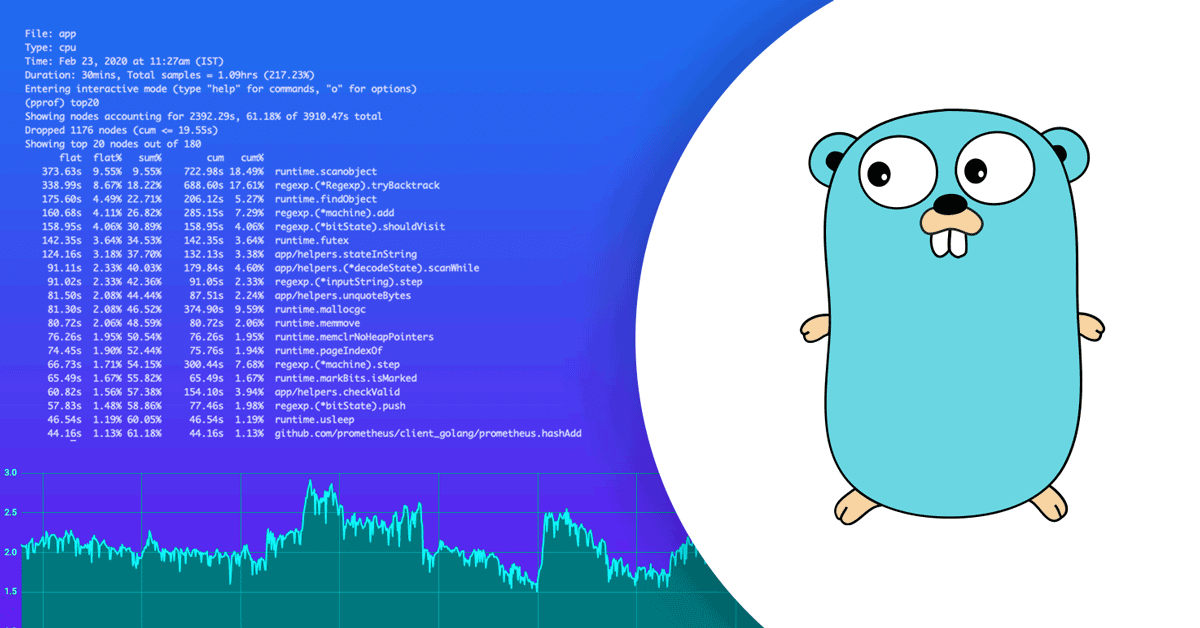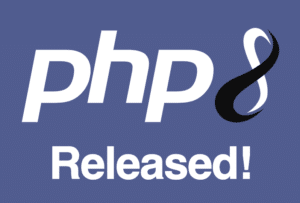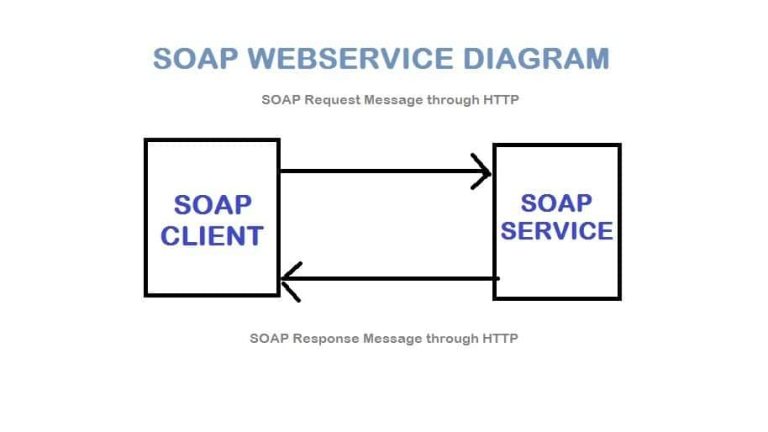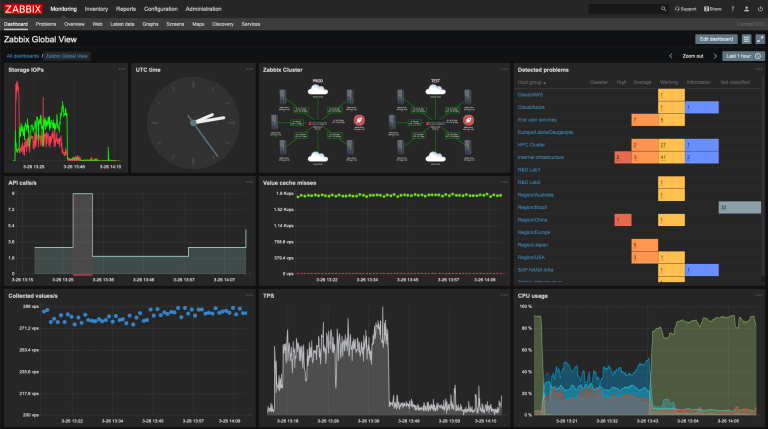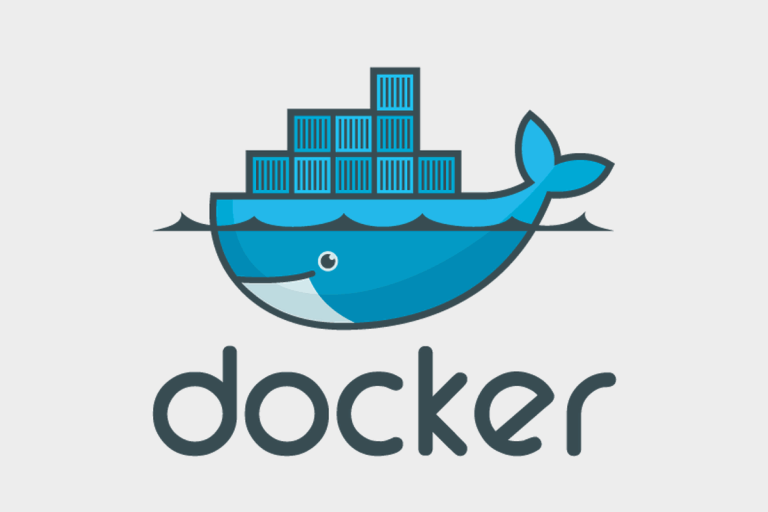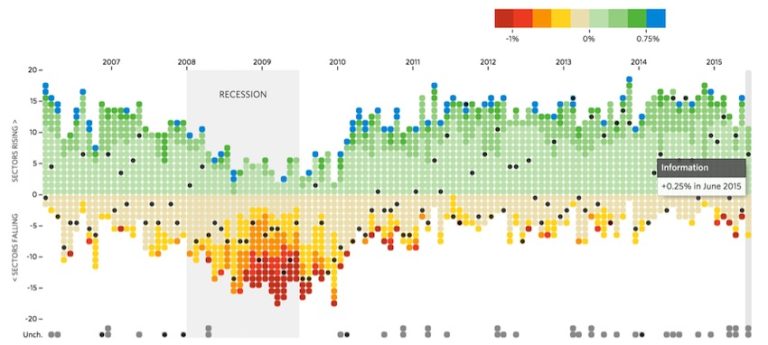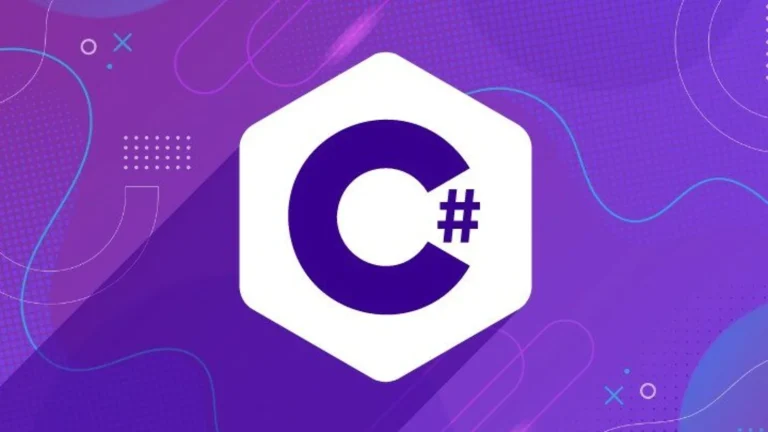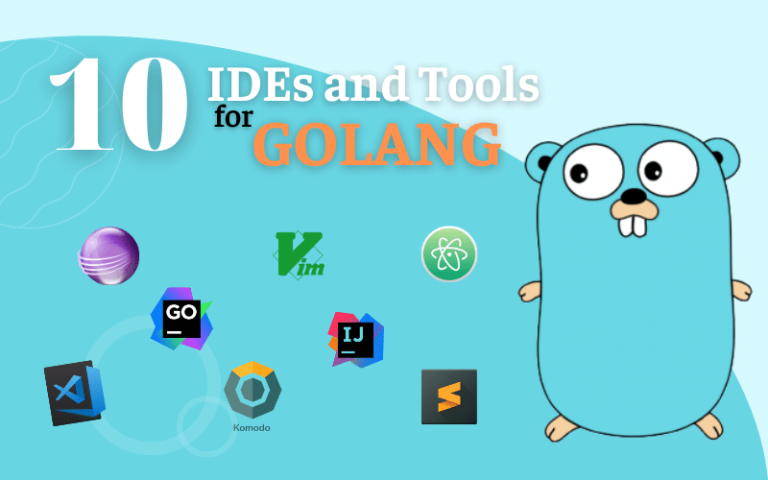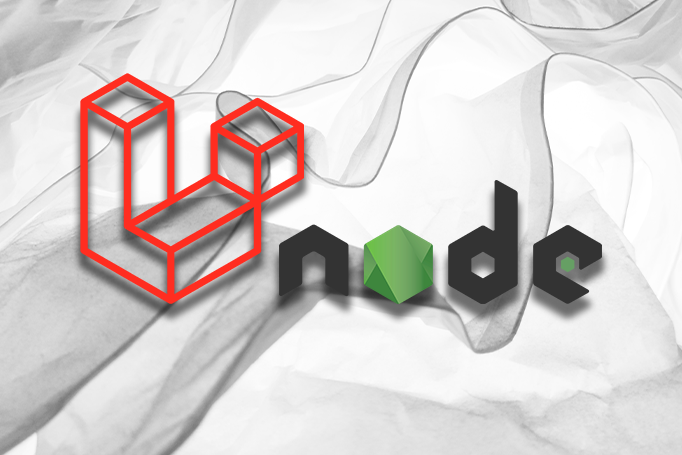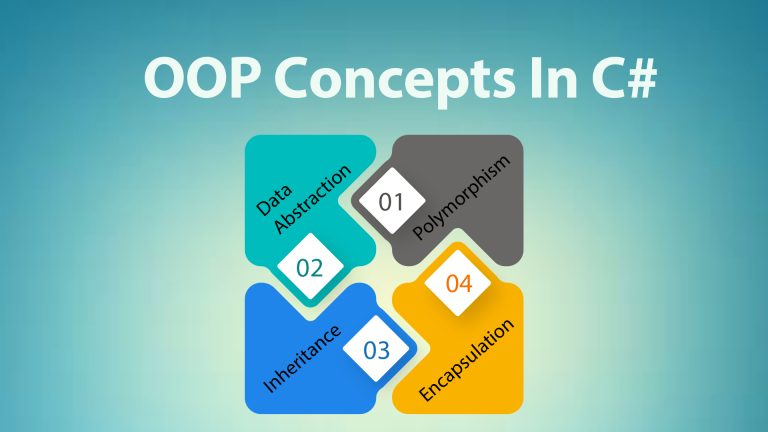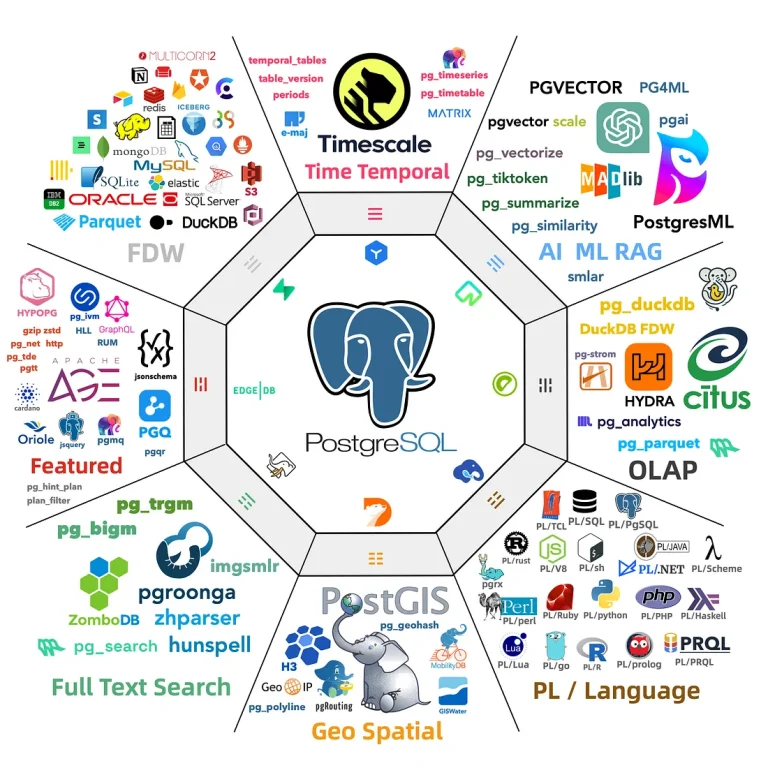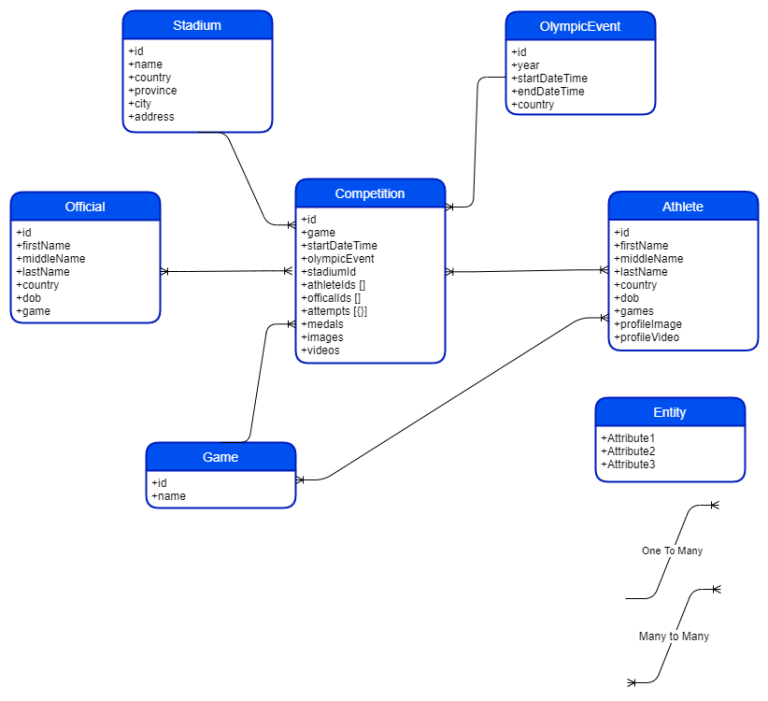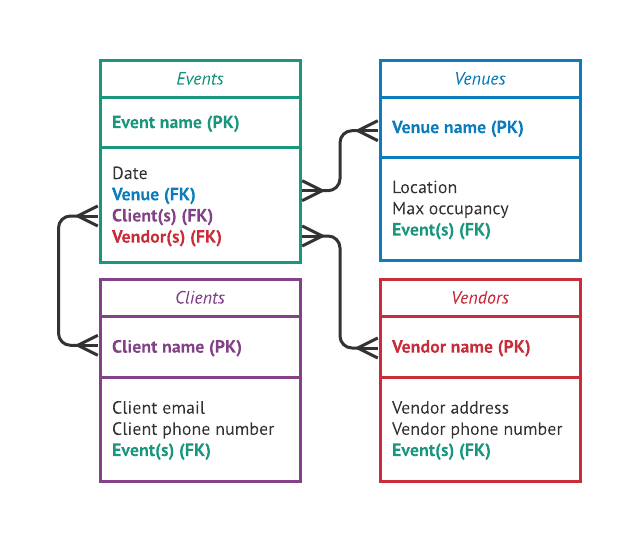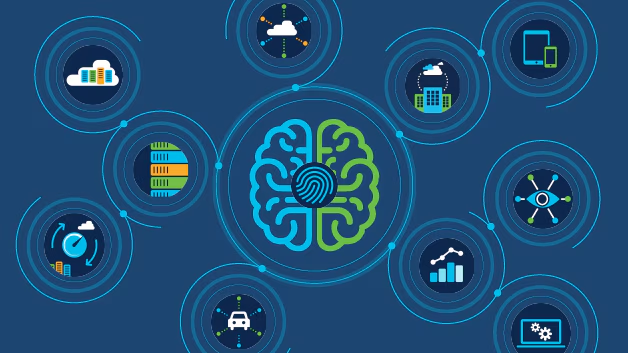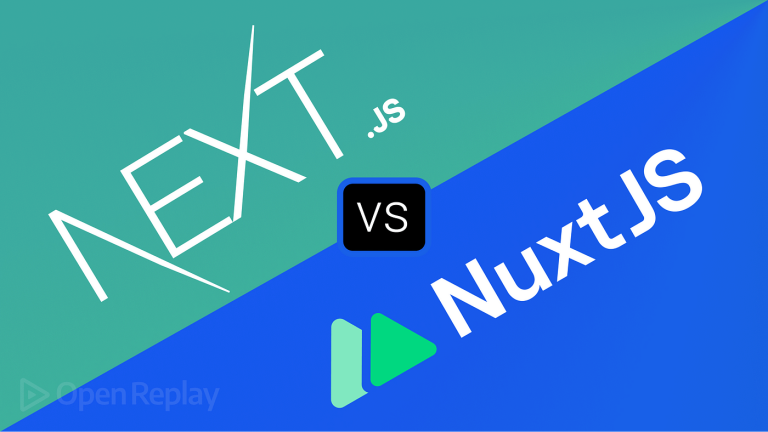As of my last knowledge update in January 2022, I can provide general reasons why Go (Golang) might be considered a relevant programming language in 2024. Keep in mind that the technology landscape evolves, and the specific reasons for choosing a language can change based on industry trends, project requirements, and community support. Here are some reasons why you might consider programming in Go in 2024:
Concurrent and Parallel Programming:
- Go’s built-in support for concurrency with goroutines and channels makes it well-suited for developing applications that require efficient handling of concurrent tasks. As the demand for scalable and concurrent systems continues to grow, Go’s concurrency model remains a strong point.
Efficiency and Performance:
- Go is designed with a focus on efficiency and performance. Its compiled nature and statically typed characteristics contribute to faster execution times. This makes Go suitable for building applications where performance is a critical factor, such as web servers, networking tools, and microservices.
Cloud-Native Development:
- Go has gained popularity in the context of cloud-native development and container orchestration. It is the language of choice for building many components of popular container orchestration systems like Kubernetes. As cloud computing and containerization continue to be integral parts of modern software development, Go’s relevance in this space is likely to persist.
Simplicity and Readability:
- Go is known for its simplicity and readability. Its minimalistic syntax and design principles make it easy to learn and maintain. This can be advantageous for projects with diverse development teams and for onboarding new developers quickly.
Large Standard Library:
- Go comes with a robust standard library that covers a wide range of functionalities, including networking, cryptography, and file I/O. This reduces the reliance on external dependencies for common tasks and promotes consistent coding practices across projects.
Community Support:
- Go has a growing and active community of developers. The community’s commitment to maintaining the language’s simplicity, stability, and backward compatibility contributes to the language’s reliability and longevity.
Cross-Platform Support:
- Go’s support for cross-compilation allows developers to build binaries for different operating systems and architectures from a single codebase. This flexibility is valuable for projects that need to run on diverse platforms.
Deployment and DevOps:
- Go’s quick compilation times and ease of deployment make it well-suited for DevOps and continuous integration/continuous deployment (CI/CD) pipelines. Its static binaries simplify deployment, and the language’s characteristics align with the needs of modern deployment practices.
Feature and Advantage of using of GO Language
- Golang Is Fast
- Golang Is Easy To Learn
- Golang Is Well-Scaled
- Comprehensive Programming Tools
- Growing Pool Of Talent
- Time Consuming
It’s important to note that the choice of programming language depends on various factors, including the specific requirements of your project, the expertise of your development team, and the broader trends in the industry. It’s always advisable to assess the current state of the technology landscape and make decisions based on the unique needs of your development projects.
Best Certifications in GO Language
- Mastering Go Programming (Udemy)
- Go by Example (Go By Example.com)
- Build Web Application with Golang (GitBooks)
- Master Go (Applied Go)
- Gophercises (Gophercises.com)
- Web Development w/Google’s Go (Udemy)
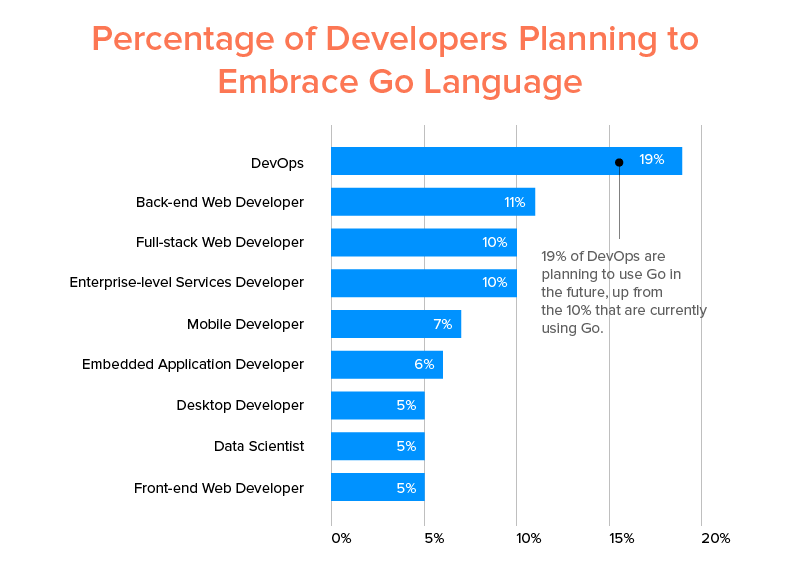
Memory consumption improved from about ~800MB to ~180MB.
We were on Go version v1.12.4, and the latest was 1.13.8. The 1.13 release, according to the documentation had major improvements in the runtime library and a few other components which mainly utilized memory usage. Bottom line, working with the latest stable version was helpful and saved us quite some work →

